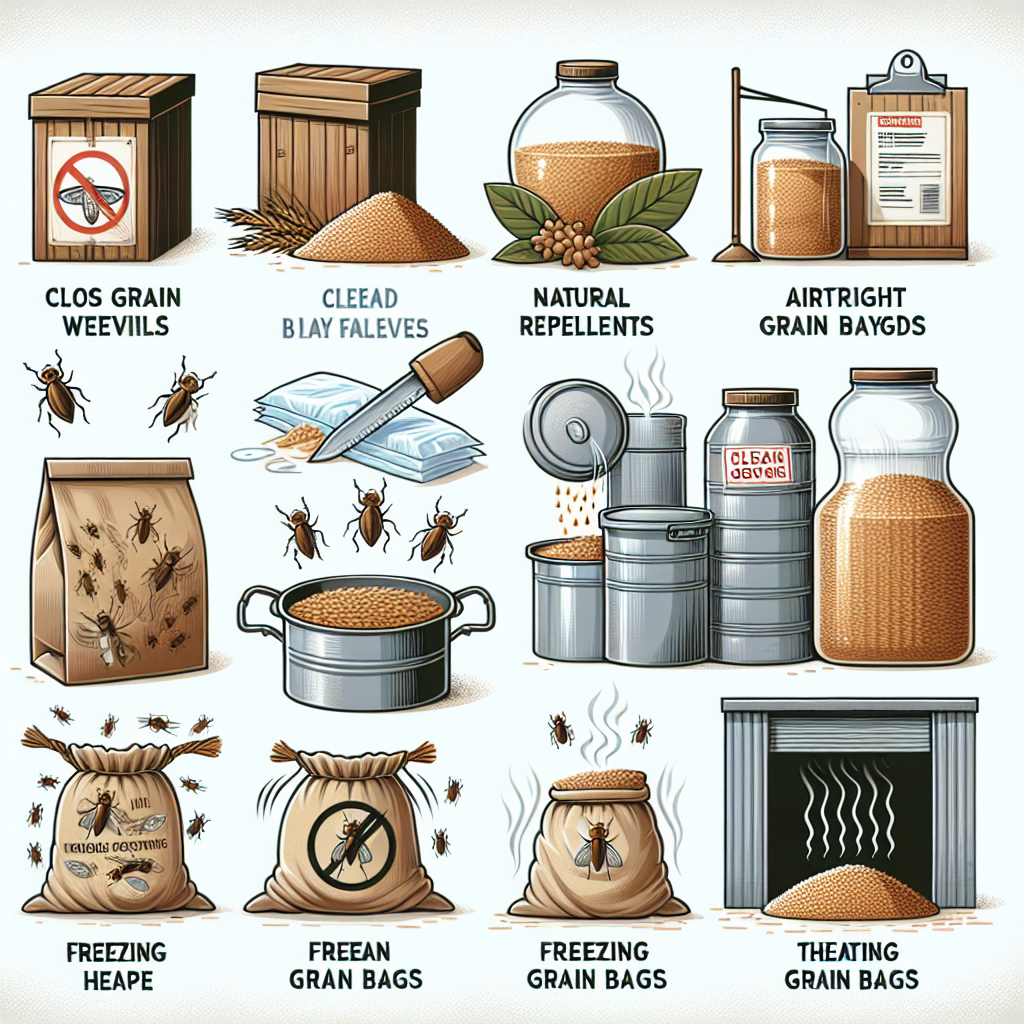Moss in Your Lawn: How to Identify and Manage It
Updated July 10, 2024 at 4:17 am

Introduction to Moss in Your Lawn
When strolling through your garden, you might notice a soft, green layer blanketing some areas of your lawn. This might be moss, a common companion in damp, shady lawns. Understanding what moss is and why it’s taken up residence can be the first step to managing it effectively.
Identifying Moss in Your Lawn
Contrary to some weeds that invade your lawn, moss has a distinct appearance. It’s low-growing, lacks traditional roots, leaves, or stems, and comes in a wide array of textures and shades of green. Moss thrives in areas where the grass has difficulty growing, such as shade, poor drainage, or low soil fertility.
Spotting moss isn’t tricky; look for a velvety mat that cushions the ground. It feels soft to the touch and retains moisture well. In some cases, you might even find moss featuring small stalks with spore capsules during its reproductive phase, adding to its unique look.
Conditions that Encourage Moss Growth
- Shade: Moss loves low-light environments. If your lawn has areas shaded by trees or buildings, you might often find moss growing there.
- Moisture: Moss requires moisture to grow. Poor drainage, overwatering, or consistent rainfall can create ideal conditions for moss development.
- Soil Acidity: Generally, moss prefers acidic soil conditions. A soil pH test might reveal that your lawn is more on the acidic side, which is a happy environment for moss.
- Soil Compaction: When soil is compacted, grass roots struggle to penetrate and obtain nutrients, leaving room for moss to swoop in.
How to Manage and Prevent Moss
Managing moss often involves cultural practices that promote healthy grass growth. Aeration, for example, can alleviate soil compaction. It allows air, water, and nutrients to reach grass roots more easily, strengthening your lawn against moss invasion.
Adjusting watering schedules can help; water deeply but infrequently to encourage strong grass roots. Also, shade management by pruning overhanging branches can improve sunlight penetration, making the area less hospitable to moss.
Moss Control Products and How They Work
If cultural practices aren’t enough, you can turn to moss control products. One such product is Scotts MossEx, designed to kill moss quickly while nourishing your lawn. According to reviews, Scotts MossEx is best applied during winter or spring when moss is actively growing, and users have reported seeing results in just a few hours.
Pros
- Easy to apply with a standard lawn spreader
- Fast-acting, with visible results within hours
- Contains nutrients for lawn health
Cons
- May require reapplication for heavy moss infestation
- Not suitable for all types of grass
While many reviewers have praised its effectiveness, it’s crucial to follow package directions regarding application rates and timing to minimize any negative impact on the surrounding vegetation. Plus, after treatment, it’s often mentioned that raking out the dead moss is necessary to clear the way for grass to grow.
Find This and More on Amazon
Using Natural Methods to Discourage Moss
For environmentally conscious gardeners, handling moss naturally is a priority. Increasing sunlight and airflow to affected areas can be as simple as regular pruning. Raking the lawn to remove thatch and dead grass can also promote healthy grass growth and reduce moss dominance.
Applying lime to raise the soil pH can make the environment less inviting for moss, which prefers acidic conditions. Remember though, this should be based on soil test recommendations to avoid disrupting the soil balance too much.
Maintaining a Healthy Lawn to Outcompete Moss
Ultimately, the key to controlling moss is to maintain a robust and vigorous lawn. Selecting the right type of grass for your climate, ensuring proper fertilization, and mowing at an appropriate height are all steps that can hinder moss growth by promoting denser, healthier grass.
Overseeding thin lawn areas can also improve lawn density, making it tougher for moss to establish. Bear in mind, consistent upkeep is the secret to long-term success, so don’t get discouraged if it takes a season or two to see significant improvements.
Frequently Asked Questions About Moss Management
Can I just leave the moss in my lawn?
While moss won’t harm your lawn, it might not be the look you’re going for. Moreover, it can be indicative of underlying issues, such as poor drainage or shade, which could affect the overall health and appearance of your lawn.
When is the best time to treat moss?
The optimal time to treat moss is when it’s actively growing, typically during the wetter and cooler months like early spring or fall. This is when moss control products are most effective.
Is moss harmful to my pets?
In general, moss isn’t toxic to pets. However, some moss killers contain chemicals that can be harmful if ingested. Always check the labels and take necessary precautions if you have furry friends around.
Benefits of Having Moss in Your Lawn
Moss has its own set of virtues that can be beneficial in certain landscapes. It is incredibly low maintenance, requiring no mowing, fertilizing, or weeding, and it can add a lush, green beauty to parts of your yard where grass might struggle to grow.
There is also ecological value to moss. It can act as a natural soil stabilizer, prevent erosion, and serve as a habitat for beneficial insects and wildlife. Plus, its ability to retain water can help in the conservation of soil moisture.
Alternative Ground Covers to Moss
If you’re looking to replace moss with something else that’s equally low maintenance, consider ground cover plants like Creeping Thyme or Irish Moss. Creeping Thyme gives off a pleasant aroma when walked on and blooms with tiny flowers in the summer.
Irish Moss, despite its name, is not a true moss but a perennial groundcover that sports delicate white flowers in spring. Both of these alternatives are easy to care for and can fill in lawn areas where grass does not thrive.
Dethatching and Aerating: Tools for Success
Two critical steps in promoting a healthy lawn over moss are dethatching and aerating. When thatch builds up, it can suffocate grass and create a perfect home for moss. A dethatcher, like the Greenworks 14-Inch 10 Amp Corded Dethatcher, can be an effective tool to remove thatch layers, allowing your grass to breathe.
The Greenworks dethatcher is noted for its powerful 10 Amp motor and is touted for being easy to start and simple to maneuver. With a durable build and replaceable stainless steel tines, it can stand up to repeated use, contributing to its positive reviews.
Pros
- Powerful 10 Amp motor
- Easy to maneuver and start
- Stainless steel tines for durability
Cons
- Might not be effective on very large lawns due to corded design
- Tines may require replacement with heavy use
After dethatching, an aerator can be used to further encourage proper drainage and air circulation. The Yard Butler Lawn Coring Aerator is a manual tool that removes plugs of soil, allowing air, water, and nutrients to reach grass roots more effectively. According to reviews, the Yard Butler is a durable and eco-friendly option that gets the job done without needing gas or electricity.
Find This and More on Amazon
Organic Moss Control Techniques
Some gardeners prefer to avoid chemicals altogether. Fortunately, there are organic options available for moss control. Corn gluten meal, for example, is an organic pre-emergent herbicide that can suppress new moss growth while acting as a natural fertilizer.
Creating an environment less conducive to moss is another method. Encouraging beneficial microbial activity with compost applications or using nematodes to naturally aerate the soil are examples of this organic approach.
Common Mistakes in Moss Removal and How to Avoid Them
One common mistake in moss removal is attempting to just physically remove it without addressing the underlying conditions that favor its growth. Scraping off moss might provide temporary relief, but without changes to lighting, drainage, or soil pH, moss is likely to return.
Another mistake is over-applying moss control products, which can damage the grass and other plants. Always follow the manufacturer’s instructions for the correct application rate to ensure safe and effective moss control.
Lawn Renovation After Moss Removal
After clearing moss from your lawn, it’s time for renovation. This might include reseeding bare spots with appropriate grass seed for your area, such as the Scotts Turf Builder Grass Seed, known for its water-smart coating that absorbs more water and protects against disease.
Its coverage and durability make Scotts Turf Builder a strong choice for filling in those gaps post-moss removal and creates a thick, robust lawn that can resist future moss invasions.
Pros
- Water-smart coating for better seed growth
- Available in blends suited for various climates
- Resistance to disease helps ensure lawn health
Cons
- May require multiple applications for complete coverage
- Growth rates can vary depending on environmental conditions
It’s important to care for the new grass properly, following recommended watering, fertilizing, and mowing schedules to establish a strong root system that will help keep moss at bay.
Find This and More on Amazon
Expert Tips for a Moss-Free Lawn
Listening to the advice of lawn care experts can yield some insightful tips on keeping your lawn free from moss. One such tip is regularly testing your soil’s pH level and adjusting it accordingly. Grass typically thrives in a slightly acidic to neutral pH, whereas moss favors more acidic conditions. By maintaining the ideal pH for grass, you can naturally discourage moss.
Another expert tip is to choose grass varieties that are well-suited to your particular climate and soil type. Grasses that are native or adapted to your region will grow stronger and more vigorously, outcompeting moss for space and nutrients.
Ensuring Proper Nutrition for Your Lawn
Lawn fertilization is a delicate balance—too little and your grass may be weak, too much and you may be inviting moss and other problems. Selecting the right type of fertilizer for your soil type and grass species can make all the difference. Slow-release fertilizers, for instance, provide a steady supply of nutrients that help strengthen grasses over time.
When reviewing products like the Milorganite 0636 Organic Nitrogen Fertilizer, users often note its effectiveness in promoting dark, lush grass. It’s an organic formula, which means it’s environmentally friendly and less likely to burn your lawn if over-applied.
Pros
- Contains natural ingredients for organic fertilization
- Slow-release nitrogen for extended feeding
- Environmentally friendly and safe for kids and pets
Cons
- Might not be the right choice for fast-acting nutrient needs
- Can attract wildlife because of its organic makeup
By feeding your lawn appropriately and at the right times of the year, you can support vigorous growth that naturally suppresses moss.
Professional Assistance for Tough Lawn Problems
Sometimes, despite your best efforts, you might find that your lawn care challenges, including persistent moss, are beyond your expertise. That’s when bringing in a professional lawn care service can be invaluable. These companies have the experience and tools necessary to diagnose and treat problematic areas effectively.
Professional services can also offer bespoke lawn care programs that include regular maintenance, like fertilizing, aeration, and pest control, all tailored to your lawn’s specific needs.
Moss and Environmental Considerations
When tackling moss, it’s vital to consider the broader environmental impact of your actions. For instance, ensuring that run-off from chemically treated lawns doesn’t end up in local water systems is important. Eco-friendly options not only benefit your lawn but also the surrounding ecosystem.
Additionally, integrating moss into your landscape design could be an eco-conscious decision, especially in areas where conventional lawns are challenging to maintain.
Bringing It All Together
Whether you’re looking to remove moss from your lawn or embrace it as part of your garden aesthetic, understanding moss and its relationship with your lawn is the key to success. Combining cultural, biological, and, when needed, chemical controls can help you achieve the lawn of your dreams.
Beyond moss management, cultivating a healthy lawn environment by addressing soil health, sunlight, watering practices, and regular lawn care can contribute to a lush, green outdoor space that enhances your home and life.
Shop more on Amazon

